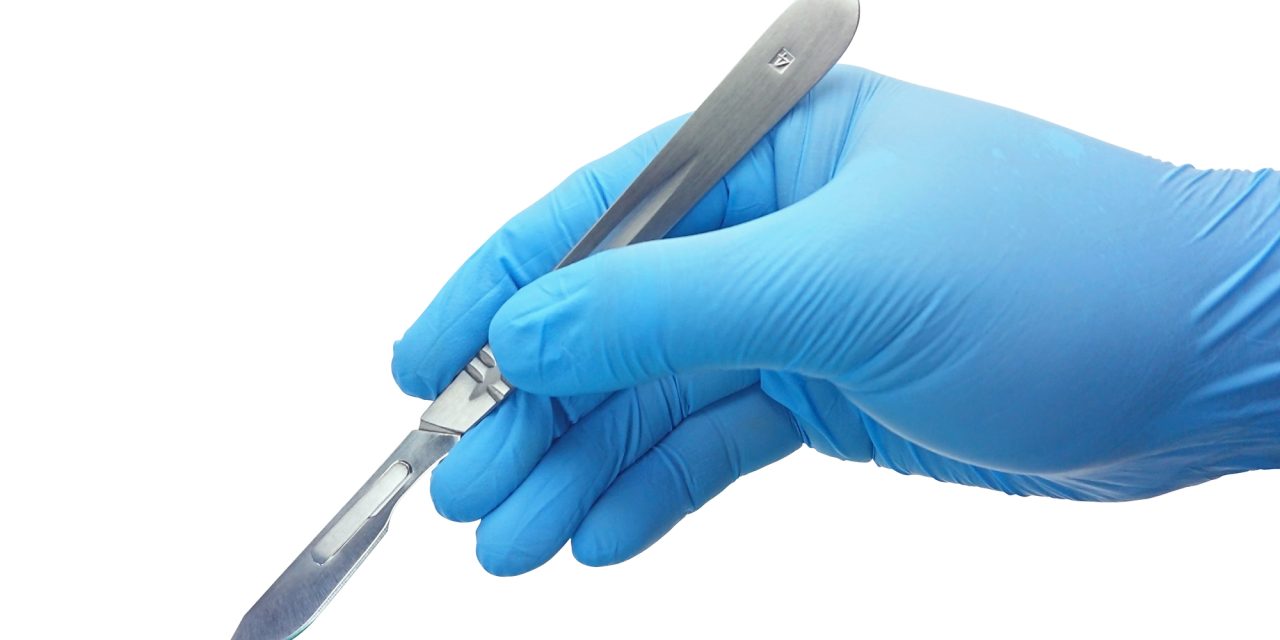In tissue engineering, it is a significant idea to make artificial bile ducts in vitro for repairing and replacing diseased bile ducts. This study printed a tubular composite scaffold using polycaprolactone (PCL) through the current 3D printing method. It served as a matrix for the organoid cells of the bile duct to proliferation, migration and differentiation. The PCL scaffold that full of bile duct-like organ cells can achieve the effect of bionics, replacing the original bile duct to perform its proper function. In order to enrich the performance of the tubular scaffold, hydrogels were also used in this study. Applying a layer of gelatin methacryloyl (GelMA) hydrogel with appropriate thickness on the outer layer of the PCL scaffold not only protects and supports the scaffold, but also improves the biocompatibility of the printed bile duct. In addition, ultrasmall superparamagnetic iron oxide (USPIO) nanoparticles dispersed in GelMA served as contrast agent to monitor the repair of the lesion site and the degradation of the bile duct in real-time by MRI imaging. In this study, a tubular composite scaffold that could reconstruct bile duct function and possess real-time MRI imaging property was constructed by 3D printing. After 13 days of BMSCs co-culture, the survival rate of BMSCs was greater than 95%, and the coverage of BMSCs was as high as 90%. At the same time, the compression modulus of the stent was up to 17.41 kPa and the Young’s modulus was up to 5.03 kPa. Thus, the mechanical properties of it can meet the needs of human implantation. USPIO can achieve MRI imaging in situ and nondestructively monitor the degradation of the stent in the body. In summary, PCL/GelMA/USPIO bile duct scaffolds are beneficial to the proliferation of cells on the scaffolds and can be used to construct biologically active artificial bile ducts.© 2020 IOP Publishing Ltd.
A novel 3D printing PCL/GelMA scaffold containing USPIO for MRI guided bile duct repair.


